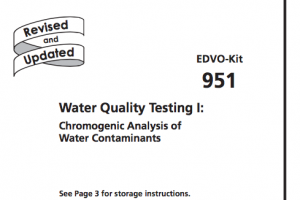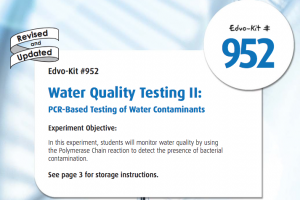View Fullscreen Modeling Sustainable Food Systems Files Modeling Sustainable Food Systems • 90 kB • 257 click 27.10.2019
Introduction A human crisis of unprecedented proportions is in the making. Diminishing arable land, water shortage, and expected population growth to 10 billion portend a catastrophic food security crisis by 2030. This threat requires a dramatic reduction of the environmental footprint of agricultural practices. A paradigm shift to the food supply chain is necessary to […]
Students take an interdisciplinary approach to understand a global issue. The driving question: “How can we think and act on a systems level to produce and consume food resources that will be environmentally sustainable and sufficient for global needs?”
Students conduct a United Nations Food and Agriculture Organization Summit (UN Summit) in order to address the food security challenges of the countries they’ve researched throughout the Food Security module. Through the UN Summit, students recommend actions to improve the food production system as a representative of their country and follow-up with an individual critical evaluation of the proposed actions.
The objective of this experiment is to use chromogenic reagents to test simulations of water samples contaminated with known bacteria. As an extension, students will apply this test as a field activity to screen local bodies of water for the presence of coliform bacteria.
In this experiment, students will monitor water quality by using the Polymerase Chain reaction to detect the presence of bacterial contamination.
How does our food get from farm to table and what resources are required to get it there? In this activity, students will play a game to produce pizza. While the game uses economics as a driving force to model food production, students must use a systems thinking approach to strategize and make decisions.
Main theme: Natural selection, artificial selection, genetic modification & cloning all result in same thing – desired or most fit phenotypes, but the processes are different and have different ethical considerations.
Natural selection, artificial selection, genetic modification & cloning all result in same thing –desired or most fit phenotypes, but the processes are different and have different ethical considerations. Predict offspring phenotypes & genotypesDifferentiate between natural selection, artificial selection & genetic modification & cloningAppreciate benefits of genetically modified organisms (GMOs)Clarify concerns about GMOsPrioritize biodiversity Genetics Worksheet & Readings



